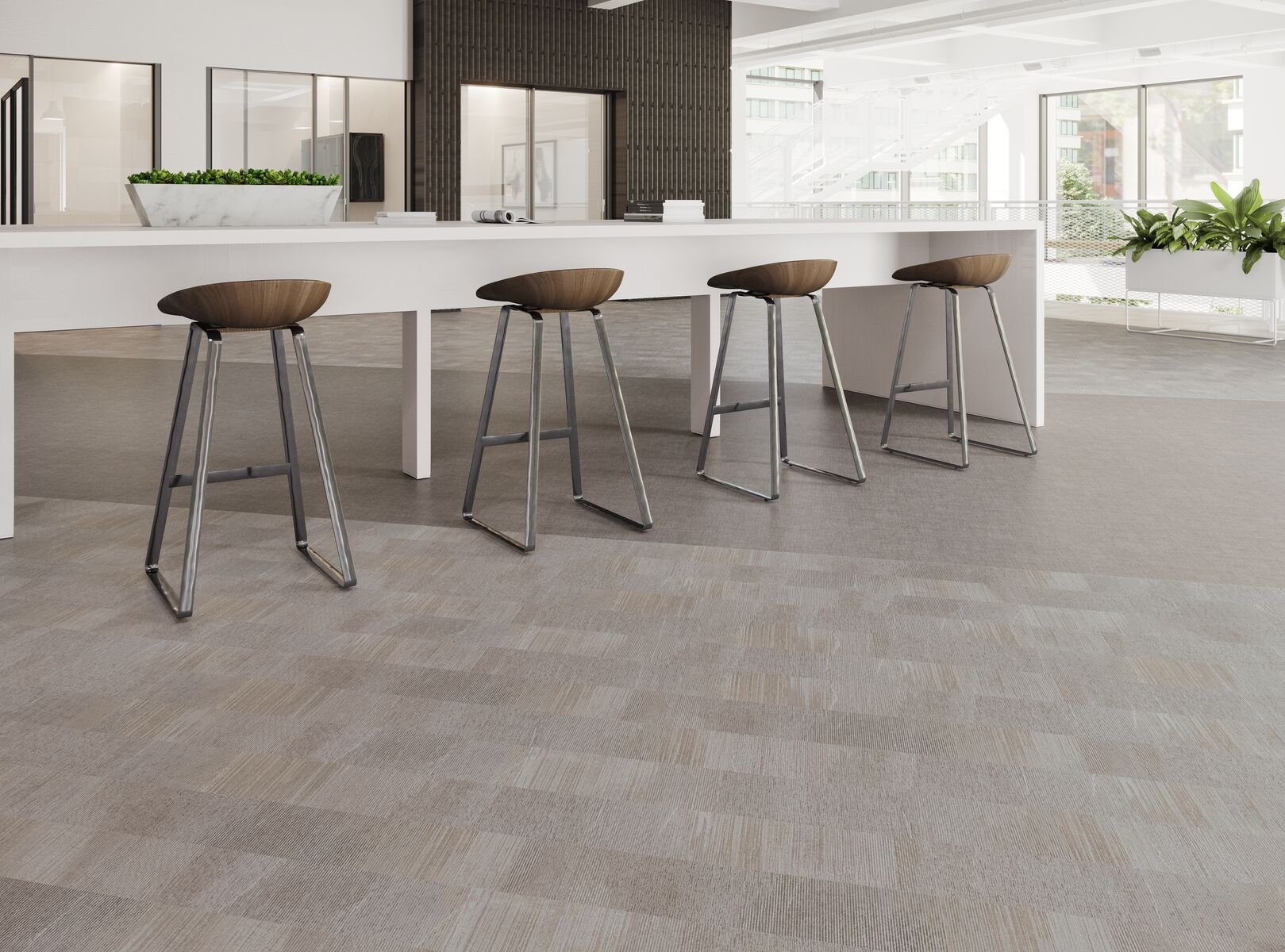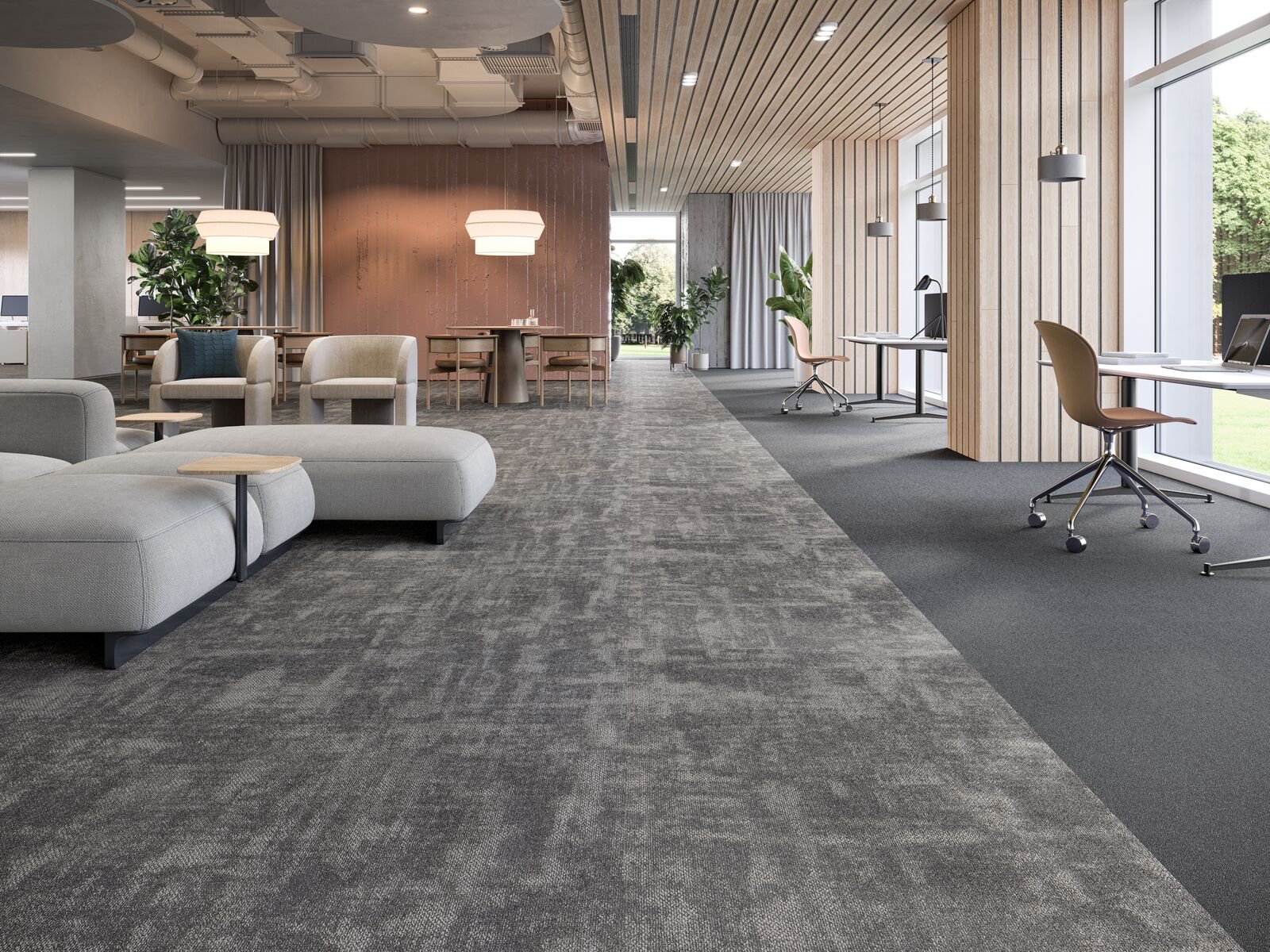
The sky over New York City was a surreal, foggy orange. Though it sounds like the start of a sci-fi movie, it’s not. It was June 2023, and the discolored sky was the result of wildfire smoke from eastern Canada, which had coated the sky like a heavy wool blanket. States as far as South Carolina were issued air quality alerts. That’s just one example of one too many extreme weather patterns resulting from climate change.
“Not only is climate change an environmental issue, it’s a serious threat to public health,” said Dr. Susan Pacheco, founder of The Alliance of Health Professionals Against Climate Change.
These extreme weather events worsen airborne pollution—and higher concentrations of substances like smoke and pollen can cause or exacerbate chronic respiratory conditions like asthma and severe allergies. When outdoor air pollution then infiltrates our indoor spaces (through openings in walls, floors and ceilings) where we spend roughly 90% of our time, we face a situation where indoor air pollutants can be two to five times higher than outdoor levels. The U.S. Environmental Protection Agency (EPA), American Lung Association, and World Health Organization all view indoor air pollution as one of the greatest threats to human health.
According to the Asthma and Allergy Foundation of America (AAFA), more than 50 million Americans experience various types of allergies each year, and 25 million have asthma. As a result, indoor air quality has significant impacts on schools and workplaces: Asthma is the leading chronic cause of school absenteeism among children, and the U.S. Department of Labor’s Occupational Safety and Health Association (OSHA) estimates that poor air quality creates a combined loss of $15 billion annually for businesses due to worker inefficiency and sick days.
There is some good news, however. Facility managers can have an impact on the choices they make, helping to protect against exposure to irritants.
Choose Carefully
A key intervention recommended by AAFA is to reduce exposure to allergens by using products that are CERTIFIED asthma & allergy friendly®, especially those made from sustainable materials. This independent, physician-led certification by Allergy Standards Ltd sets strict standards for a variety of products and certifies those that are scientifically proven to reduce asthma and allergy triggers in indoor environments.
Incorporating principles of environmental design can further enhance the quality of indoor and outdoor environments, benefiting both human health and the planet by utilizing sustainable technologies and natural materials throughout.

Design Thoughtfully
Another important way we can keep energy consumption and improve indoor air quality is to replace surfaces that harbor dust mites and other allergens. For floor coverings, there are many sustainable options available that have obtained the aforementioned certification, including sheet vinyl, LVT, and even a hybrid carpet. Area rugs should be wool or synthetic rug fibers (nylon or polypropylene); shaggy or high-pile designs should be avoided.
While it’s important to think “easy-to-clean,” also keep in mind the ingredients that were used during manufacturing. Carefully choose suppliers that transparently share the ingredients in their products, as well as the impact those ingredients have on human and environmental health, including energy efficiency. As an example, 94% of Tarkett’s raw building materials used have been third-party assessed down to 100 parts per million for their health impacts.
Maximizing natural light in design choices not only enhances energy efficiency but also promotes the health and well-being of building occupants. Documentation like Material Health Statements and additional certifications such as Cradle to Cradle will help provide confidence in your selections, contributing to the broader goals of green building.
Maintain Methodically
No one needs to tell you the importance of cleaning and regular maintenance. But did you know the following were considered common sources of indoor air pollution?
• Chemical cleaners and air freshening sprays
• Central heating and cooling systems with poor filtration
• Humidity that encourages mold and mold spores
• Paints, adhesives, and solvents
• Interior finishes and furniture that contain high levels of VOCs
Incorporating sustainable building design into maintenance practices can significantly optimize operational and maintenance practices over the building's entire life cycle.
A 2015 Harvard study found that occupants in buildings with low-VOC levels scored 61% higher on a critical thinking skills test than occupants in buildings with typical VOC levels. The score increased to 101% higher in buildings with increased ventilation rates. Another Harvard study from 2021 found that low air quality in offices can significantly impact employees’ focus, response times, and productivity. So, when choosing products—whether for cleaning, refreshing paint, or pest control—look at labels and choose low- to no-VOC options. If you need some guidance, Safer Choice is an EPA program that helps consumers and businesses find products that perform and contain ingredients that are safer for human health and the environment.
HVAC system maintenance is also critical for allergen filtration. A good rule of thumb is to have it checked at least twice a year. Your HVAC company will not only change the filters, but will also inspect and clean the ductwork, check airflow, and inspect for signs of mold. They will also keep you informed on the efficiency of your unit. Also look into adding dehumidifiers and air purifiers.
When we choose products that promote healthy indoor air quality, we can support better health outcomes and quality of life for all.
Your takeaway: 20 Ideas for Sustainable Building Design
Creating sustainable building designs is essential for reducing the environmental impact of construction and promoting energy efficiency. Here are 20 ideas to incorporate into your next sustainable building project:
1. Energy Efficiency
Focus on designing buildings that minimize energy consumption through energy-efficient appliances, lighting, and HVAC systems.
2. Solar Panels
Integrate solar panels to generate electricity from renewable energy sources, reducing reliance on fossil fuels and lowering energy costs.
3. Natural Resources
Use natural resources like natural light and natural ventilation to reduce the need for artificial lighting and mechanical cooling.
4. Sustainable Materials
Choose sustainable materials such as recycled materials, reclaimed wood, and environmentally preferable materials that have a lower environmental impact.
5. Green Roofs
Install green roofs to improve indoor environmental quality, reduce the carbon footprint, and support local ecosystems.
6. Natural Ventilation
Design buildings with natural ventilation systems to enhance indoor air quality and reduce the need for air conditioning.
7. Sustainable Architecture
Employ sustainable architecture principles that prioritize energy efficiency, the use of sustainable technologies, and the conservation of natural resources.
8. Renewable Energy
Incorporate renewable energy systems, such as solar cells and wind turbines, to achieve energy independence and reduce the building’s reliance on non-renewable resources.
9. Natural Lighting
Maximize the use of natural lighting to improve indoor environmental quality and reduce energy use for lighting.
10. Sustainable Elements
Include sustainable elements such as rainwater harvesting systems and greywater recycling to conserve water and reduce the building's environmental impact.
11. Energy Performance
Design buildings to exceed current energy performance standards, ensuring they use less energy than traditional structures.
12. Green Building Certifications
Aim for green building certifications like LEED (Leadership in Energy and Environmental Design) to demonstrate the building's commitment to sustainability.
13. Natural Habitat
Protect and integrate the building with the natural habitat by preserving existing vegetation and supporting native flora.
14. Energy Efficient Heating and Cooling
Use energy-efficient heating and cooling systems, such as geothermal heat pumps, to reduce energy use.
15. Carbon Neutral Office Building
Strive to create carbon neutral office buildings by balancing carbon emissions with renewable energy use and carbon offsetting.
16. Operational and Maintenance Practices
Implement sustainable operational and maintenance practices to ensure the building remains energy efficient throughout its life cycle.
17. Local Ecosystems
Design landscapes that support local ecosystems and biodiversity, using native plants and minimizing water use.
18. Sustainable Transportation Methods
Encourage sustainable transportation methods, such as biking and public transit, by providing bike racks, showers, and proximity to transit stops.
19. Recycled and Reclaimed Building Materials
Use recycled and reclaimed building materials in construction to reduce the demand for new resources and lower the building’s carbon footprint.
20. Adaptation of Existing Buildings
Retrofit existing buildings with sustainable technologies and practices to improve their energy efficiency and reduce environmental impact without the need for new construction.
Incorporating these ideas into sustainable building design can significantly reduce the environmental impact of construction projects, promote the use of renewable energy, and enhance the quality of life for building occupants. Embracing sustainable development principles ensures that new and existing buildings contribute positively to the environment and society.
Editor's Note: This article is in collaboration with IFMA's Corporate Sustaining Partner, Tarkett. As the director of workplace segment markets for Tarkett North America, Derrell Jackson leads the organization’s strategic planning for market growth in corporate offices, life sciences and multi-family projects. He believes collaboration is the key to any organization’s success and is passionate about supporting Tarkett customers with the research and design strategies needed for evolving the future of workplace environments.












.png?width=352&name=Blog%20Graphics%20(18).png)

